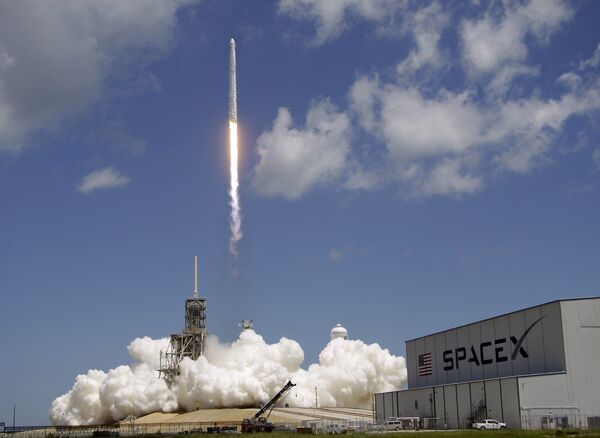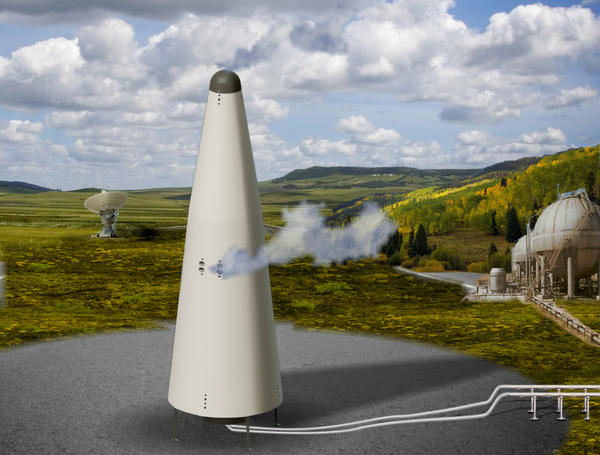Makeyev Rocket Design Bureau deputy general designer Sergei Molchanov has provided reporters with new information on the KORONA, Russia's totally-new reusable single-stage rocket.
Work on the KORONA, a launch vehicle designed for vertical takeoff and landing, started in the 1990s, but was frozen in 2012 due to lack of funding. However, earlier this month, it was confirmed that the Makeyev Rocket Design Bureau was resuming development.
As a true vertical takeoff and landing vehicle, the KORONA will be equipped with shock absorbers, according to Molchanov. Its most energy intensive components are being designed to be used up to 25 times, with the system as a whole intended to have a useful life of 100 flights.
The vehicle is expected to be made of carbon fiber, reinforced by ceramic tiles for thermal protection upon reentry. The KORONA's external engine is set to include a modular combustion chamber burning an environmentally friendly fuel, with kerosene and liquefied oxygen presently being considered.
According to unconfirmed reports, the vehicle has a total launch weight of 300 tons, and dimensions including a height of 30 m, and a diameter of 10 m.
The Falcon 9 is presently considered one of the world's most flight-proven partially reusable rocket systems, but has not been without its problems. In late October, a Falcon 9 rocket caught fire upon landing shortly after delivering its cargo into space.

The KORONA project has seen a variety of iterations since its inception in 1992, with earlier iterations planning to make use of the Buran, the Soviet answer to the US space shuttle, before that project was dropped. Since the mid-1990s, new designs have been developed and gradually tweaked.





